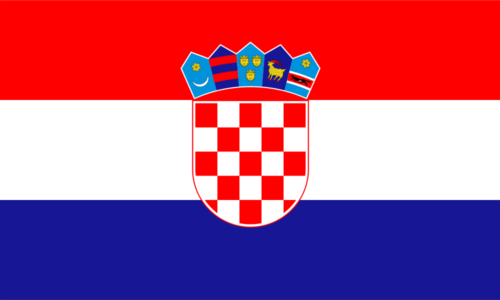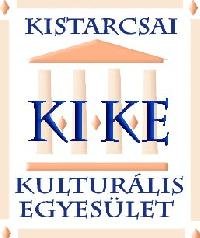Daunoravos manor
Daunoravos manor was built in the XVIII - XIX century. The estate consisted of 17 buildings, but till today survived only 3 buildings. Manor is abandoned. It is believed that his first owner was Baron von Frank, who lived in Riga. He stayed in Daunoravos mansion only during summer. As many Lithuanian manors, the estate suffered the most during the war not only from an act of war damage but also because the Soviet government used great historical buildings for military needs. When Soviet Union in 1940 occupied Lithuania mansion was transformed into a Russian barracks. After World War II mansion became abandoned.
It is very disappointing that long unattended mansion almost disappeared. The middle section of the building is caved, windows are planked. Currently, the residential part of estate building is the residence of the homeless.












